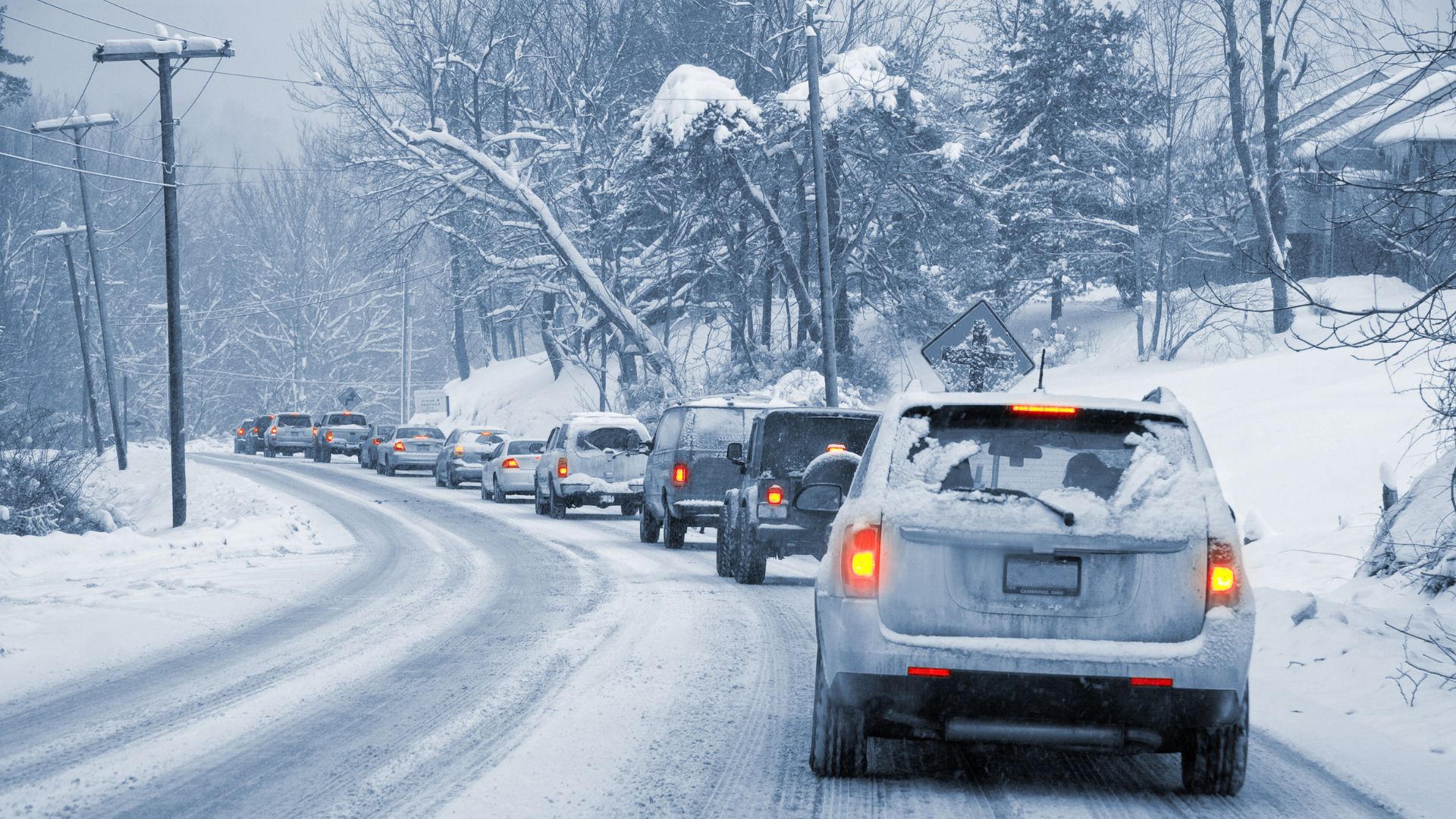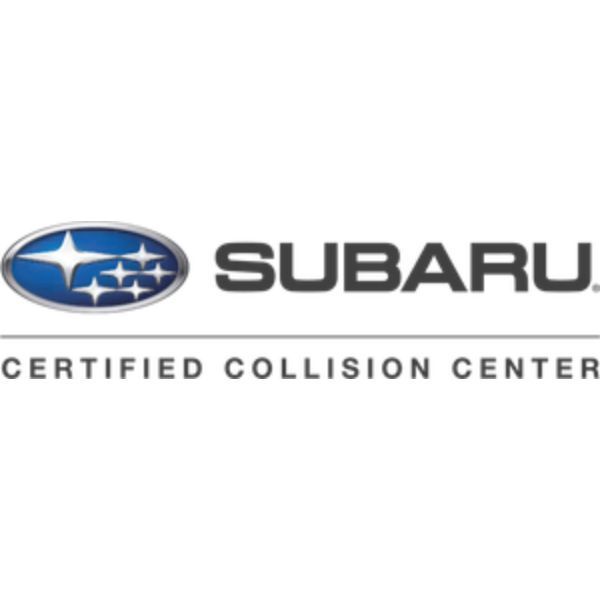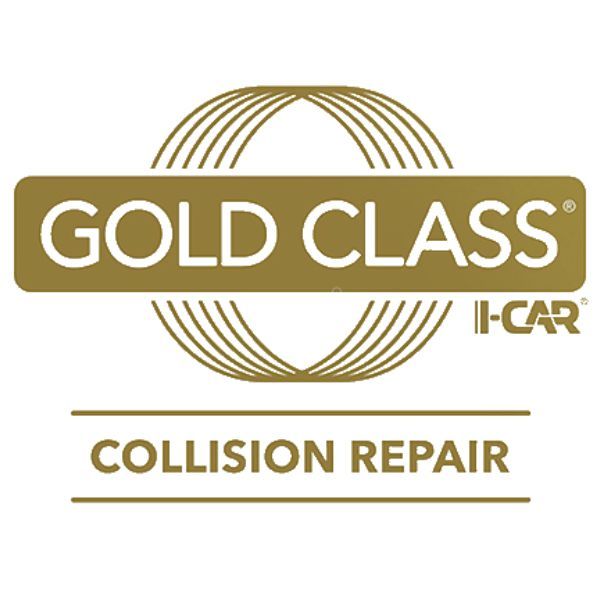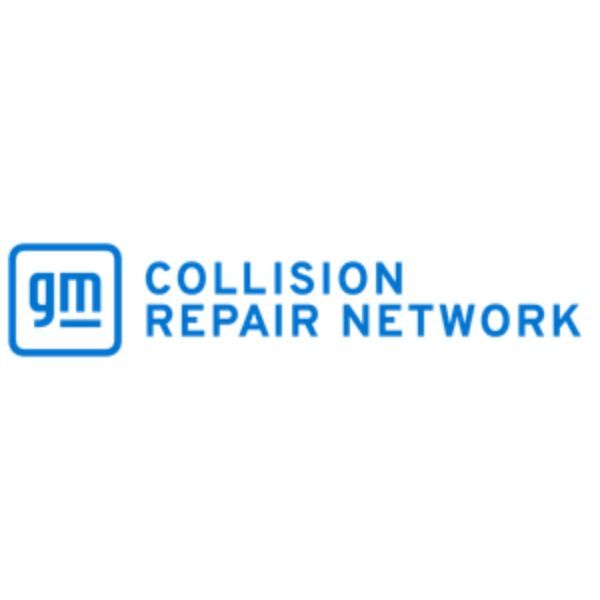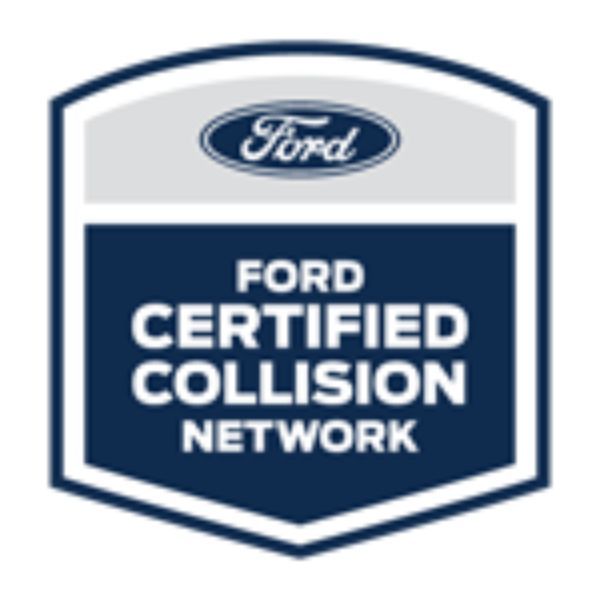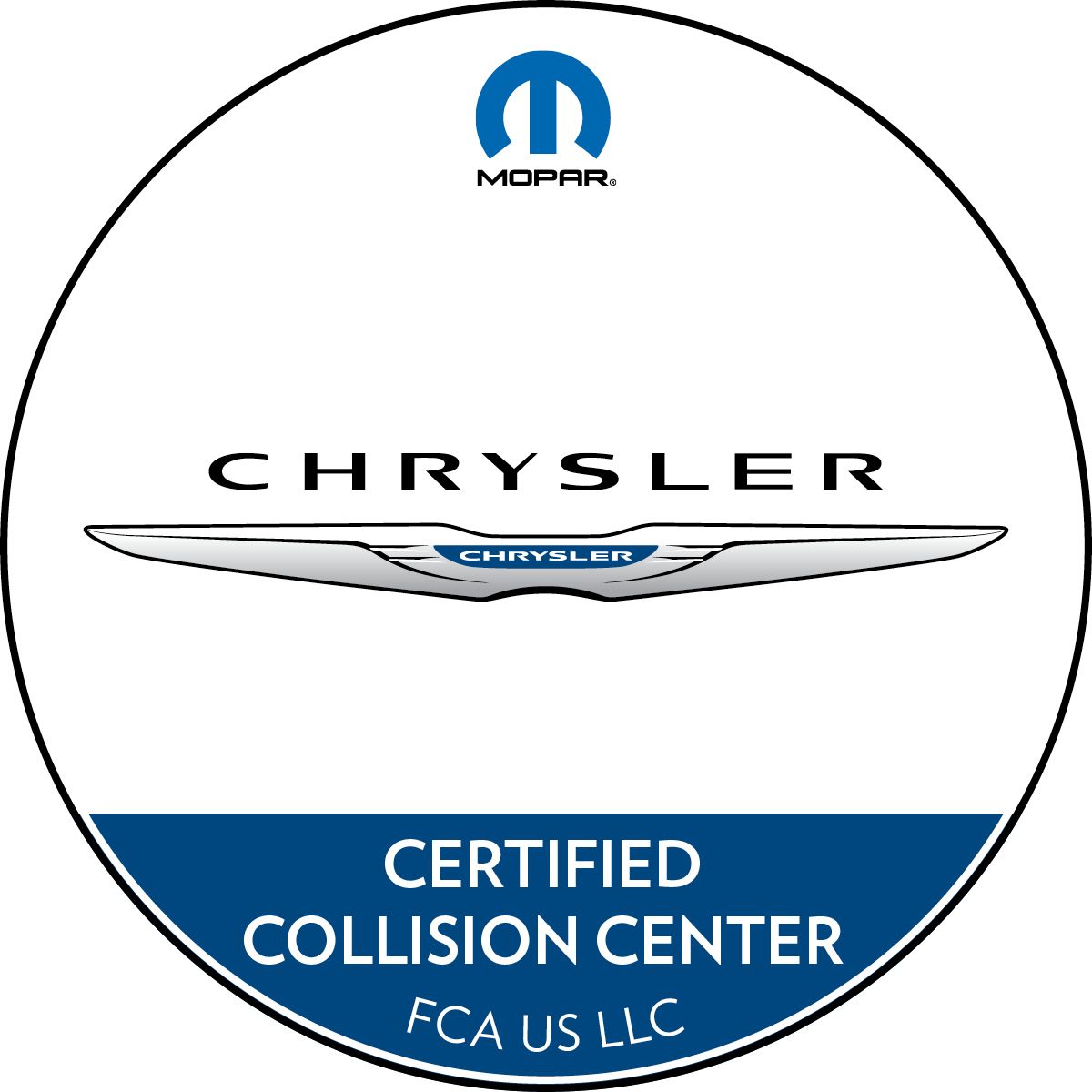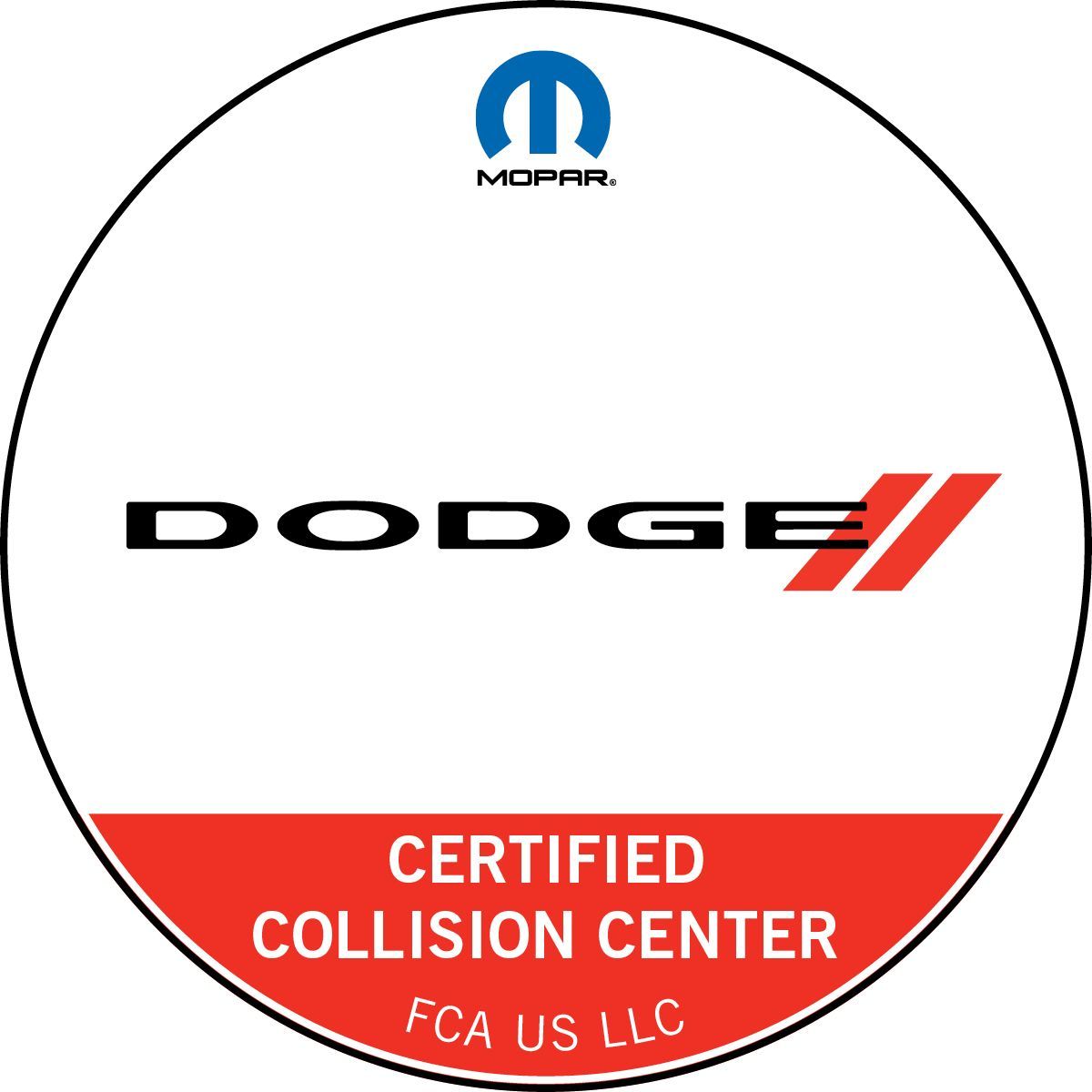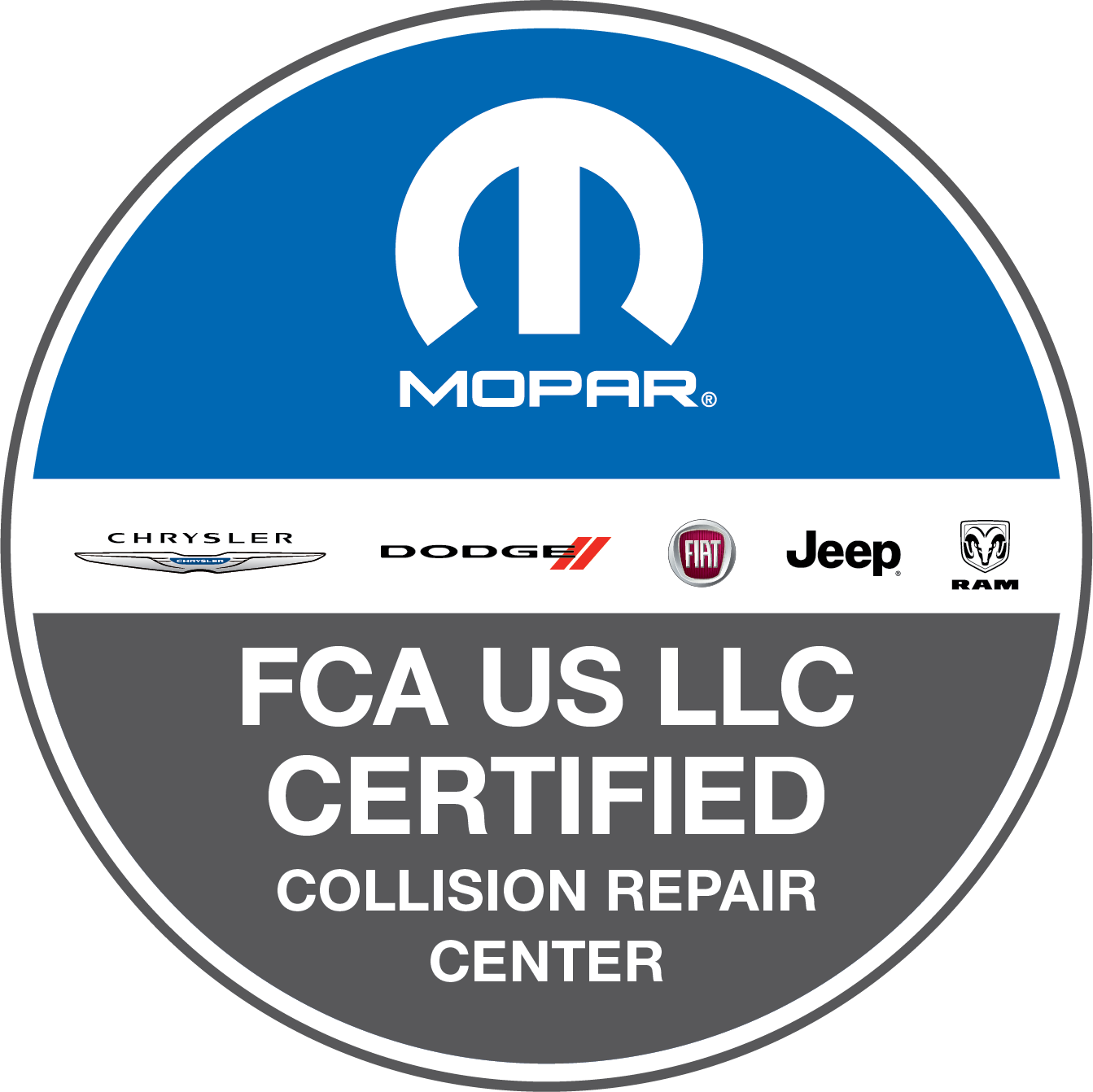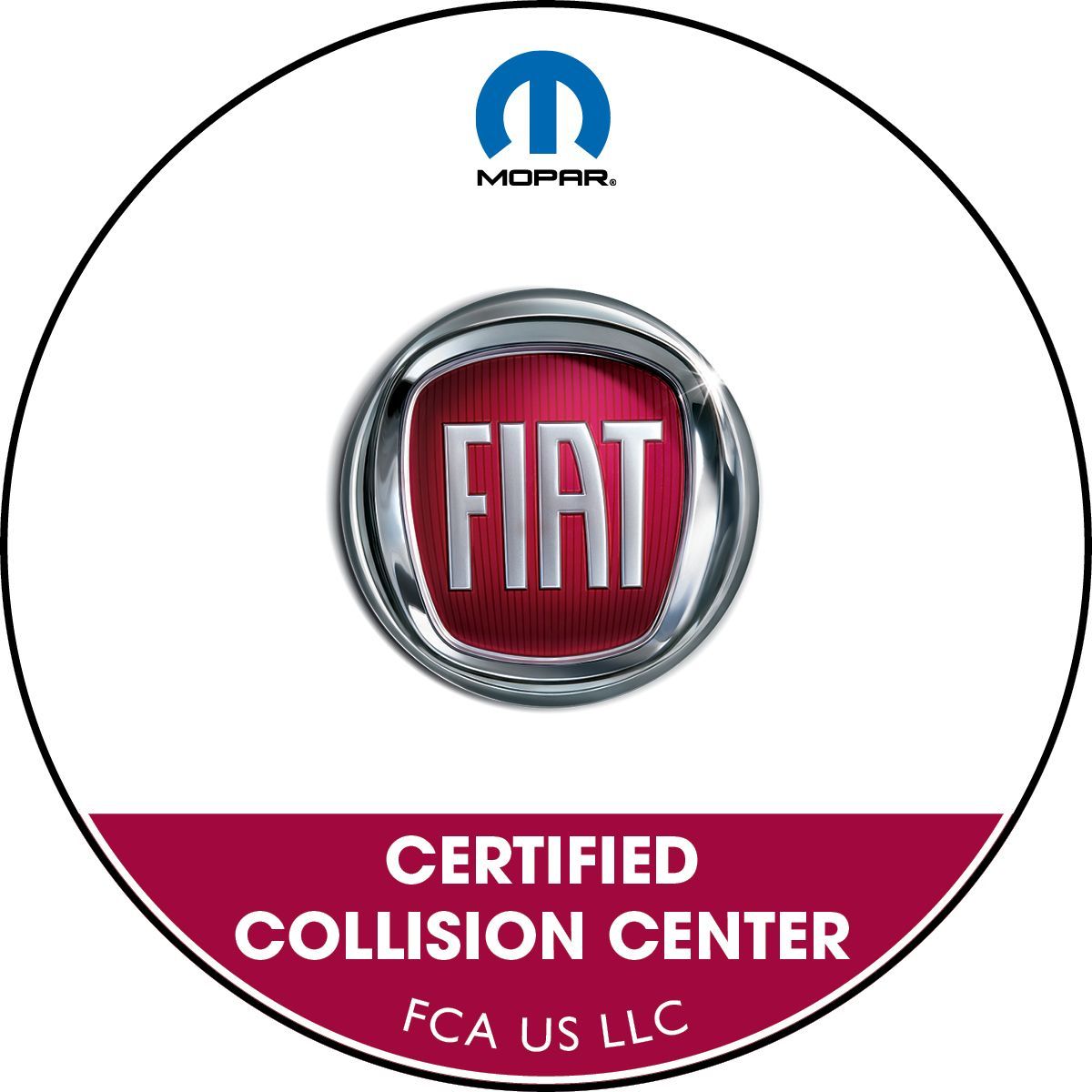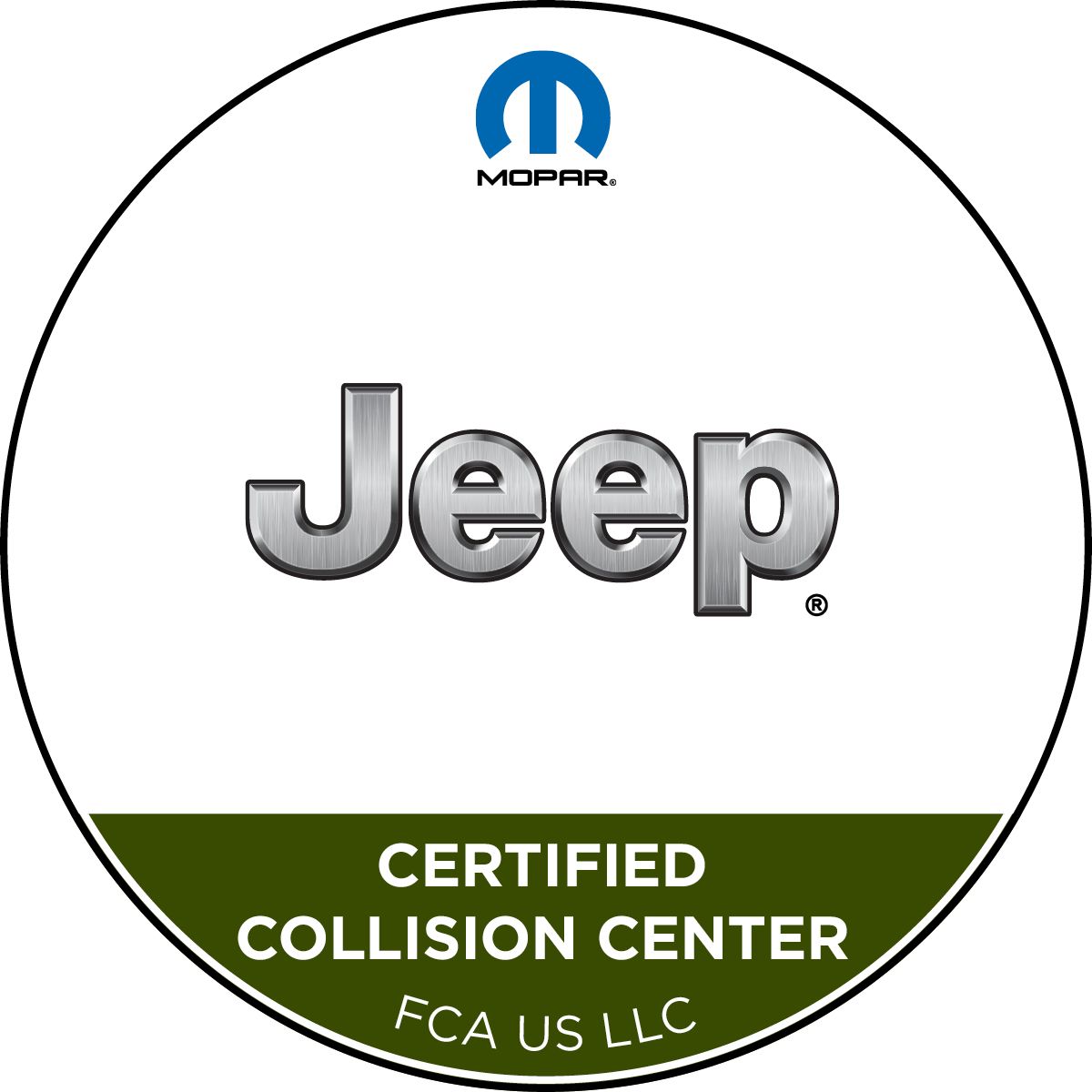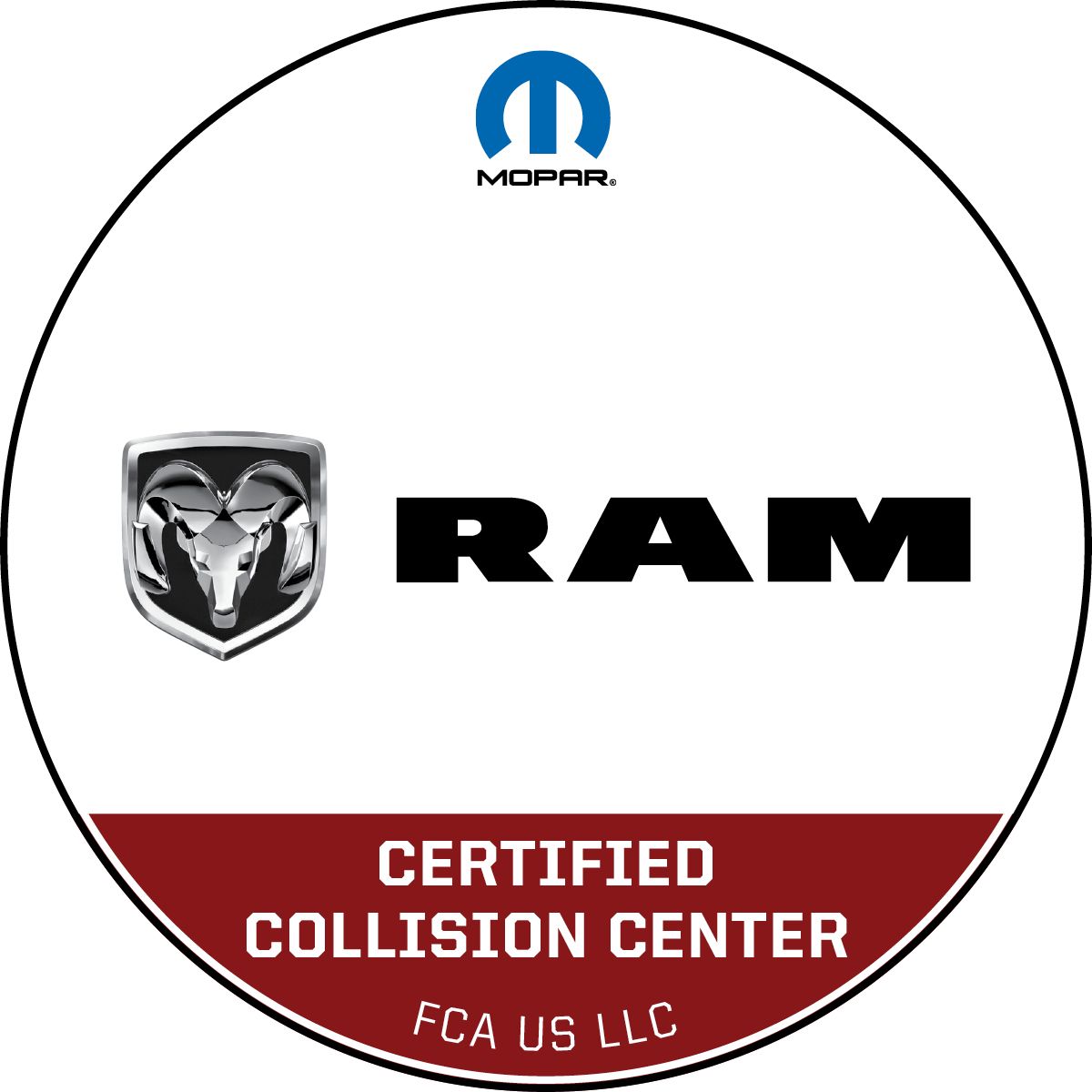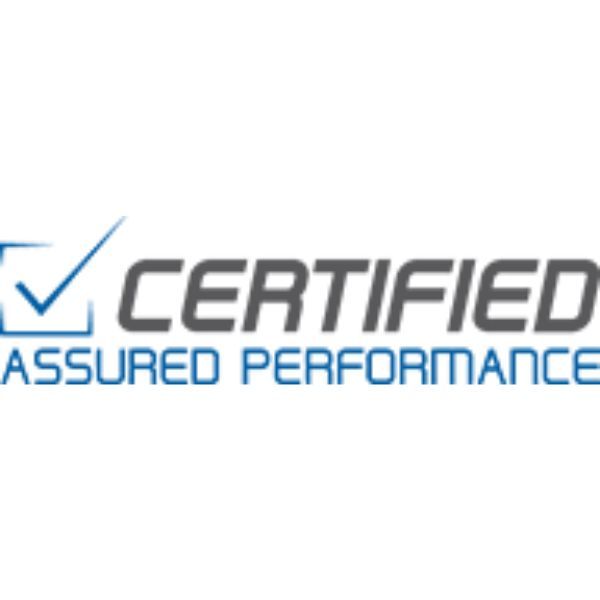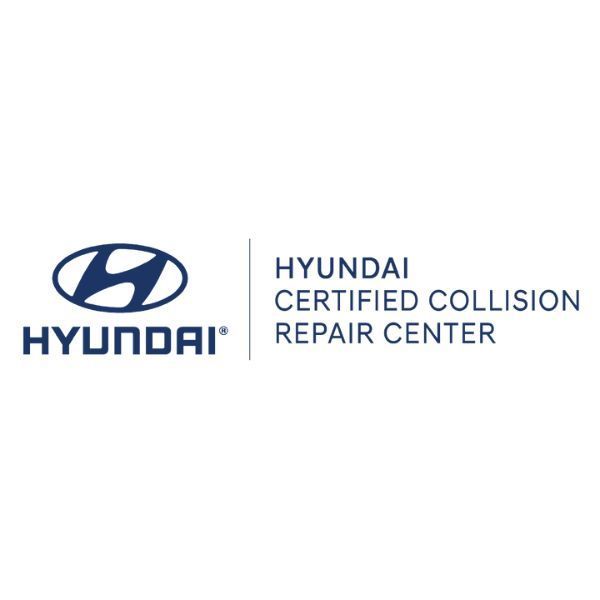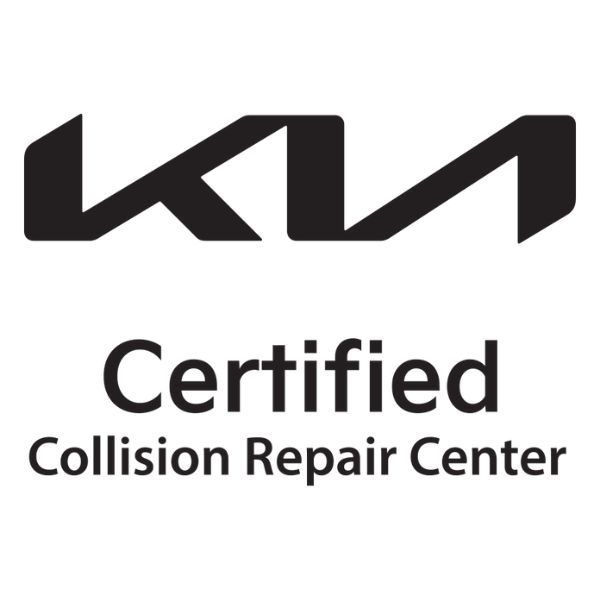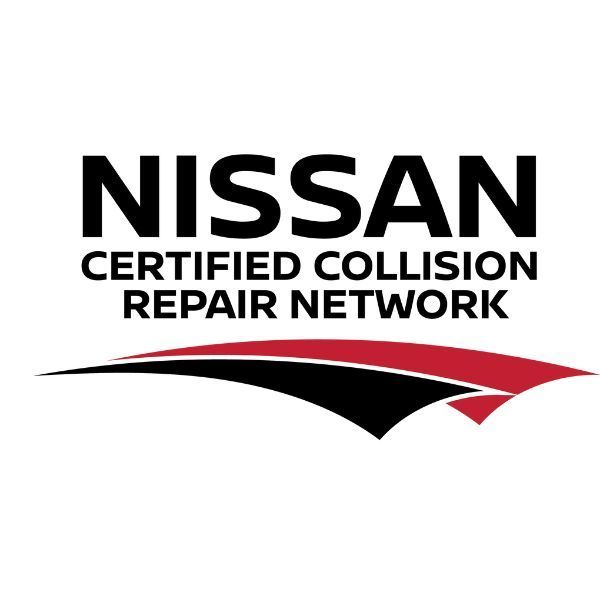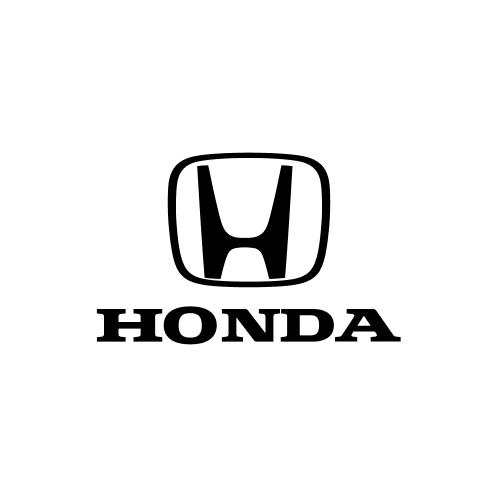Our Collision Repair Process
Our collision repair process involves multiple important steps. We adhere to a strict process in order to restore all makes and models to the best condition possible. Our well-trained technicians always follow precise procedures and only use industry-leading tools and techniques to complete their repairs. Here’s a brief overview of our collision repair process and how it may be the perfect match for your needs.
1.
Estimate Damages
To begin the collision repair process, simply give us a call, send us a text, or reach out online at your convenience. You’ll be encouraged to schedule an appointment and bring your vehicle to either of our locations following a brief conversation. Estimate appointments normally take 20 to 30 minutes, and you’re always welcome to wait in our lobby during yours. If you’re in need of a tow truck, then we’ll happily assist you with this process. Then, we’ll gladly provide you with a personalized estimate as soon as possible.
Before starting our repair process, our estimators will thoroughly assess the extent of your vehicle’s damage. They’ll use advanced tools and techniques to diagnose any hidden and obvious structural, mechanical, and electrical damage. Their findings will inform us of the cost, timeline, and overall goals of our collision repair process.
You can trust that your vehicle is always in good hands, as
our experienced team proudly maintains their Gold Class certification from I-Car.
This accreditation verifies that the best collision repair shops complete an annual technician training program. Each year's training updates our technicians on countless new methods for repairing damage to various makes and models.
2.
Perform Collision Repairs
In the first step of our collision repair process, our technicians remove damaged parts and those blocking access to structural components. This allows them to access and repair critical frame damage and internal mechanisms.
Following all structural repairs, the auto body team then replaces or restores any damaged body panels. The technicians repair or use paintless dent repair (if possible) to adjust the shape and contour of body panels. They take precise measurements and compare them to the manufacturer’s specifications so the structural panels look and function as originally intended. In some cases, extensive damage warrants replacement parts and a fresh coat of paint.
Before refinishing parts, our paint department professionally sands and preps surfaces. We employ computerized color matching software to ensure all new paint matches the car’s original color. Our refinish technician then applies sealer, base coat color and a clear coat to protect the panels and match factory color and shine.
Lastly, we reassemble the vehicle and make sure the fit and finish are up to our standards.
3.
Return the Repaired Vehicle
Before returning any vehicle, we perform a final safety test to certify the quality of our work. Our team tests and tunes all components to ensure they're functioning properly and as intended. We also recalibrate sensors and safety systems. Our detail team also provides thorough exterior and interior detailing to ensure your newly repaired vehicle looks its best. Once work on your vehicle is complete, our staff will reach out to arrange the best pickup time.
We strive to accommodate a variety of payment options for collision repairs. Our billing team prides itself on being insurance agnostic, which is why we gladly work with all auto insurance companies. We also accept out-of-pocket payments if that is your preference. Plus, we guarantee each repair with a lifetime warranty that covers any repair-related issues at no additional cost to you.
Affordable Collision Repair Services
Collision repair is the best way to restore your vehicle after any accident. Our customers’ satisfaction is our number one priority, and we strive to provide them with a stress-free experience at every turn. If you’re looking for worry-free collision repair, then we hope you’ll reach out to schedule an estimate today. Our goal is to get your vehicle safely back on the road as soon as possible.
Share
More Blog Posts
